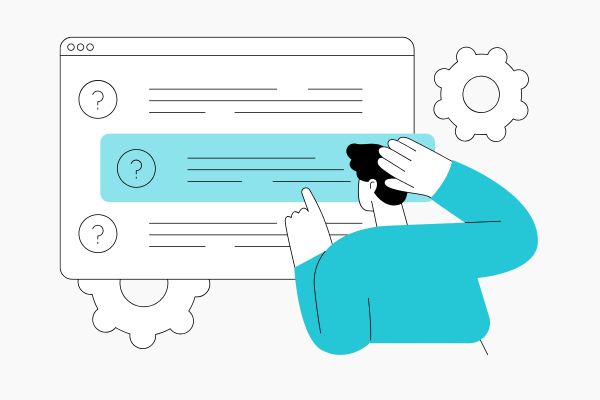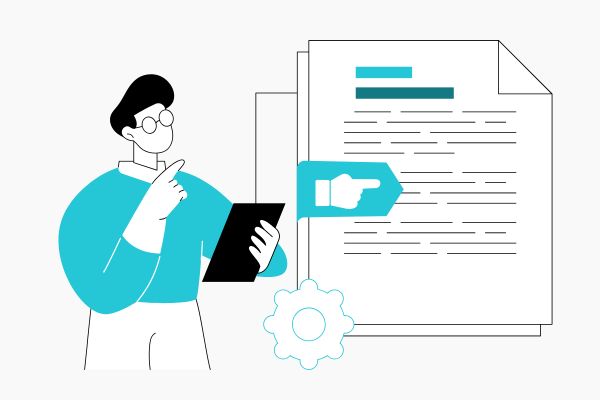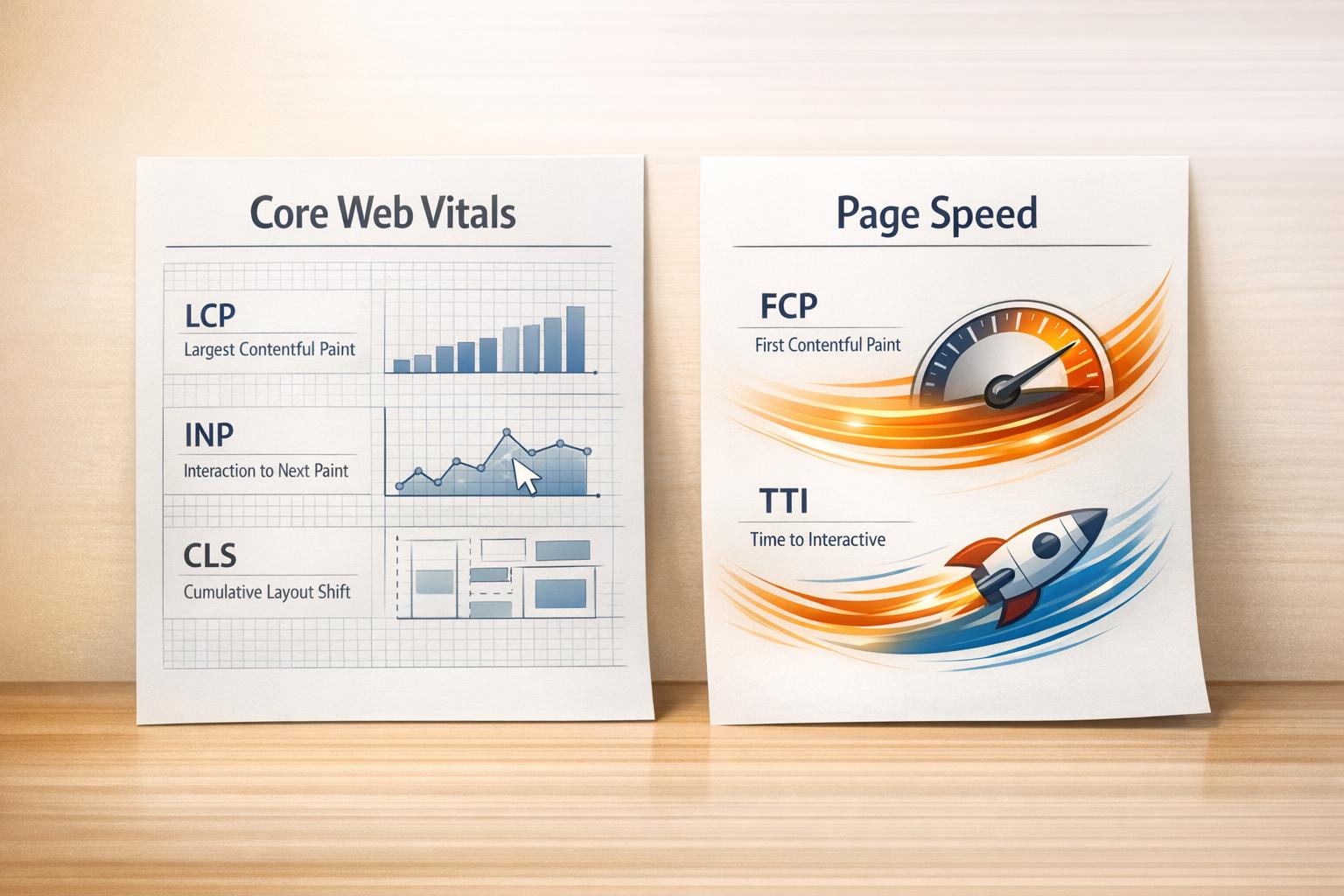

How to Win with Content SEO Analysis

How to Win with Content SEO Analysis
 04-03-2025 (Last modified: 21-05-2025)
04-03-2025 (Last modified: 21-05-2025)
Creating content without analyzing its SEO performance is like throwing darts in the dark—you might hit the target, but chances are, you’re missing valuable opportunities. Content SEO analysis is the key to understanding how your content performs in search results and how you can optimize it for better rankings, engagement, and conversions.
In this guide, we’ll cover what content SEO analysis is, why it matters, and the best tools and techniques to help you analyze and improve your content. Whether you’re struggling with low search visibility or simply want to refine your strategy, this guide will give you the insights you need.
What Is Content SEO Analysis?
Content SEO analysis is the process of evaluating how well your content is optimized for search engines and users. It involves examining key SEO metrics, identifying gaps, and making data-driven improvements to boost search rankings and organic traffic.

Why It’s Important:
- Identifies weaknesses – Find out what’s holding your content back from ranking higher.
- Improves keyword targeting – Ensure your content aligns with what users are actually searching for.
- Enhances user engagement – Improve readability, structure, and overall content experience.
- Boosts conversions – Optimized content attracts and retains the right audience, leading to higher conversion rates.
Now, let’s dive into the key components of content SEO analysis and how to apply them effectively…
1. Evaluating SEO Metrics: What to Look For
Before making improvements, you need to assess your current content performance. Here are some essential SEO metrics to track:
Key Metrics for Content SEO Analysis:
- Organic Traffic – Use Google Analytics to see how much traffic is coming from search engines.
- Keyword Rankings – Track your content’s position for target keywords with tools like Ahrefs or SEMrush.
- Click-Through Rate (CTR) – Check Google Search Console to see if your title tags and meta descriptions are enticing users to click.
- Bounce Rate – A high bounce rate may indicate that your content isn’t engaging enough or lacks relevance.
- Dwell Time – The longer users stay on your page, the better Google perceives your content quality.
- Backlinks – More quality backlinks signal authority and improve rankings.
Example: If your blog post ranks on page two for a high-volume keyword, optimizing your title and adding internal links could push it to page one.
2. Conducting a Keyword Analysis
Your content might be well-written, but if it’s not targeting the right keywords, it won’t rank. Keyword analysis helps you refine your content for better visibility.
How to Improve Keyword Optimization:
- Identify high-performing keywords – Find out which keywords are already bringing traffic.
- Optimize for long-tail keywords – Less competition and higher intent lead to better results.
- Analyze competitor keywords – See what terms top-ranking competitors are using.
- Ensure proper keyword placement – Use keywords naturally in the title, headings, URL, and throughout the content.
Example: If your page ranks for “best running shoes,” but “best trail running shoes” has lower competition, adding related terms can improve rankings.
3. Analyzing Content Structure and Readability
Google prioritizes user-friendly content that is easy to read and navigate. A poorly structured page can hurt rankings and user engagement.
Content Structure Checklist:
- Use clear headers (H1, H2, H3, etc.) – Improves readability and helps search engines understand content hierarchy.
- Write in short paragraphs – Avoid walls of text that can overwhelm readers.
- Use bullet points and numbered lists – Great for scannability and featured snippets.
- Add internal links – Guides users to relevant content and improves SEO.
- Optimize images – Use alt text and compress images to improve page speed.
Example: A website saw a 15% increase in dwell time by simply breaking long paragraphs into smaller, digestible sections.

4. Auditing Meta Tags and URLs
Your title tags, meta descriptions, and URLs play a major role in content SEO optimization. If they’re not compelling or optimized, users won’t click, and search engines won’t prioritize them.
Best Practices for Meta Tags & URLs:
- Title Tag Optimization – Keep it under 60 characters and include your primary keyword.
- Meta Descriptions – Keep them under 160 characters with a strong call-to-action.
- URL Structure – Keep URLs short, descriptive, and keyword-rich (e.g. yoursite.com/content-seo-analysis).
Example: Changing a generic title like “SEO Tips” to “Content SEO Analysis: How to Optimize for Higher Rankings” can boost CTR significantly.
5. Using SEO Tools for In-Depth Analysis
Manual content analysis is time-consuming, but SEO tools streamline the process and provide data-driven insights.
Recommended Tools:
- Google Search Console – Analyze impressions, clicks, and ranking positions.
- SEMrush / Ahrefs – Perform keyword analysis, track rankings, and audit backlinks.
- Surfer SEO – Optimize content based on real-time competitor analysis.
- Yoast SEO (for WordPress users) – Provides on-page SEO suggestions.
- PageTest.ai – Run A/B tests on content to see which headlines, CTAs, and formats drive the most engagement.
Example: A content marketer discovered that revising headlines through multivariate testing on PageTest.ai results led to a 20% increase in organic CTR.
6. Making Data-Driven Content Improvements
Now that you’ve analyzed your content, it’s time to make adjustments. SEO is an ongoing process, so continuously refining your content is key.
Steps to Improve Content Based on Analysis:
- Update outdated content – Refresh statistics, add new insights, and improve readability.
- Enhance internal linking – Connect relevant blog posts to improve site structure.
- Optimize for featured snippets – Rewrite content in a way that answers common questions concisely.
- A/B test content elements – Use PageTest.ai to test different variations and find what works best.
- Monitor changes and adjust – Track results to see what improvements lead to better rankings.
Example: A blog post that wasn’t ranking well was updated with clearer subheadings, keyword improvements, and more internal links, leading to a 30% boost in organic traffic.
Final Thoughts: Mastering Content SEO Analysis for Long-Term Success
Effective content SEO analysis isn’t a one-time task. It’s a continuous process of monitoring, optimizing, and refining content to stay competitive in search rankings.
Our Top Takeaways:
- Regularly track SEO metrics to understand content performance.
- Refine keyword targeting to align with search intent.
- Improve content structure for better readability and engagement.
- Optimize meta tags & URLs for higher click-through rates.
- Use SEO tools to streamline analysis and improve efficiency.
- Leverage testing tools like PageTest.ai to find the best-performing content variations.
By applying these insights, you’ll be able to optimize your content, drive more traffic, and ultimately achieve better SEO results. Start analyzing your content today and make data-driven decisions that enhance your digital strategy!
Frequently Asked Questions About Content SEO Analysis
What is content SEO analysis?
Content SEO analysis is the process of reviewing how well your content is optimized for search engines and users. It involves tracking key metrics, assessing keyword use, evaluating structure, and making data-driven improvements to boost visibility and engagement.
Why is content SEO analysis important?
It helps identify weaknesses, improve keyword targeting, and boost content performance. A good analysis leads to better rankings, increased organic traffic, and higher conversion rates.
Which metrics should I track during a content SEO analysis?
Focus on organic traffic, keyword rankings, click-through rate (CTR), bounce rate, dwell time, and backlinks. These reveal how your content performs and where to optimize.
How can I improve SEO for existing content?
Update outdated information, refine your keyword targeting, improve meta tags, enhance internal linking, and use tools like PageTest.ai to A/B test content variations.
What tools are best for content SEO analysis?
Top tools include Google Search Console, Google Analytics, Ahrefs, SEMrush, Surfer SEO, Yoast SEO, and PageTest.ai for multivariate testing and optimization insights.
How often should I perform content SEO analysis?
Review and update your content at least every 3–6 months, or more frequently for high-traffic or evergreen pages, to keep performance high and rankings competitive.
say hello to easy Content Testing
try PageTest.AI tool for free
Start making the most of your websites traffic and optimize your content and CTAs.
Related Posts

 01-01-2026
01-01-2026
 Ian Naylor
Ian Naylor
Core Web Vitals vs. Page Speed: Key Differences
Compare Core Web Vitals (LCP, INP, CLS) with Page Speed metrics like FCP and TTI — learn their SEO roles, measurement differences, and optimization tips.

 30-12-2025
30-12-2025
 Ian Naylor
Ian Naylor
User Engagement Score Estimator
Estimate your website’s user engagement score with our free tool! See how interactive your content is and get tips to improve user interest.

 29-12-2025
29-12-2025
 Ian Naylor
Ian Naylor
CTA Phrase Planner
Struggling with CTAs? Use our free CTA Phrase Planner to create powerful, tailored call-to-action phrases that convert your audience!
